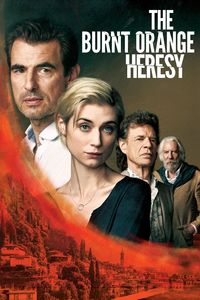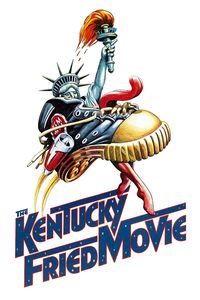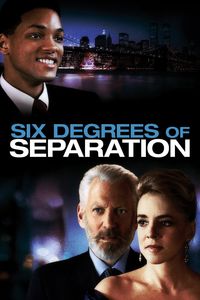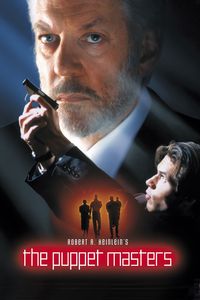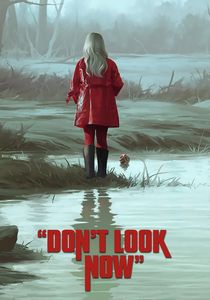Lock Up (1989)
(In French, On Cable TV, May 2021) Oh, hey, look at that: one of the lesser-known Sylvester Stallone movies among the many, many ones he starred in during his 1980s heydays. Lock Up doesn’t often come up in conversations —chances are that if you talk about the “Stallone prison movie,” people are more apt to remember Tango & Cash. Or the more recent Escape Plan and its two sequels. But if Lock Up was and remains a very generic vehicle for a limited actor, it’s not that hard to watch. The basics are simple, as Stallone plays a prisoner who has to deal with a sadistic warden who personally hates him. Various prison-movie clichés are thrown into an overall dramatic arc of resistance and revenge. If you don’t really remember the film a few days later, that’s not unusual: It’s one expected beat after another, with director John Flynn struggling to make it distinct (and working against Stallone’s filmography, which includes much stronger examples of similar films). But it’s executed in palatable fashion, with a few high points culminating in an electric chair fake-out. Donald Sutherland plays the antagonist with energetic relish, bringing another highlight to the film. Those who like Stallone will like Lock Up better than others — no matter what you think about the film, it remains another of Stallone’s star vehicles.

